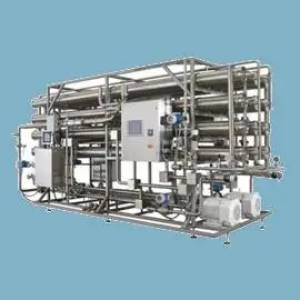
This comprehensive guide delves into the critical aspects of process separation and purification, providing a practical and theoretical understanding of the techniques used to isolate and refine valuable products from complex mixtures. Whether you're a student, researcher, or industry professional, this resource will equip you with the knowledge and tools to optimize your separation processes.
Target Audience:
Key Topics Covered:
Benefits of Using This Resource:
This guide is an invaluable resource for anyone involved in the design, operation, or optimization of separation and purification processes.